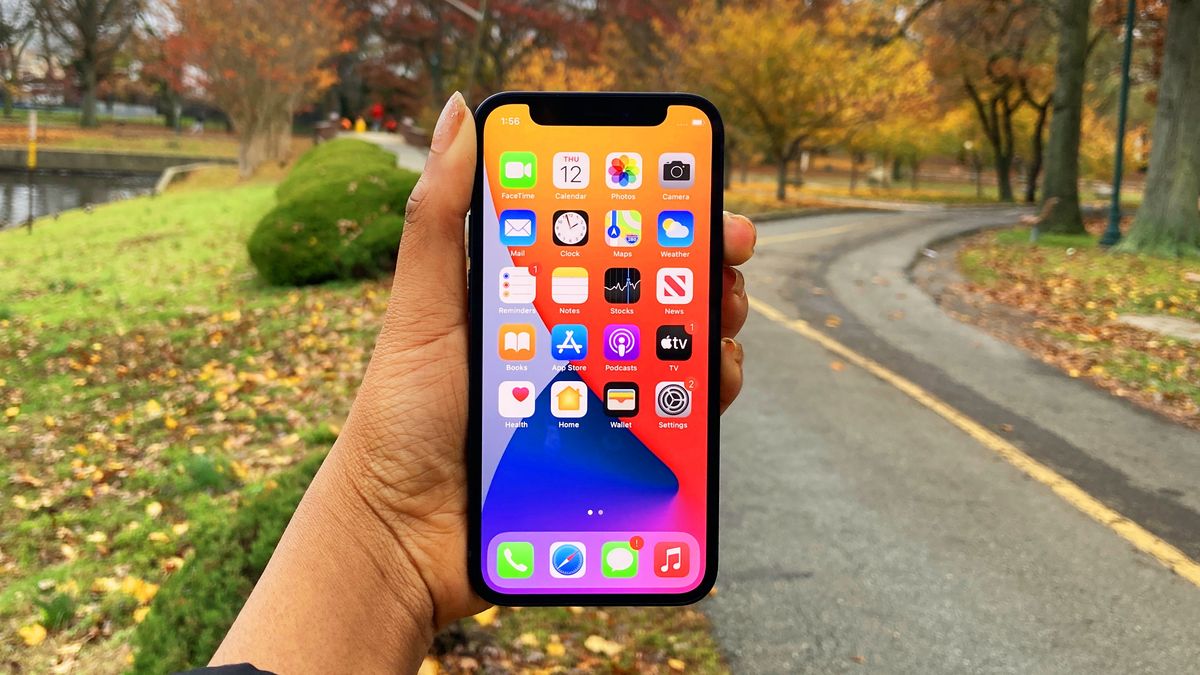

For leaders who are looking to improve their organization’s employee experience, Gregg Apirian says it all comes down to one word: communication.
“Employees who have been working from home are now beginning to be invited back to the office, and they have certain expectations,” said Apirian. “They want to know and trust that it’s safe to return and that they can come back to the office and still be productive. Communication is the key to all of that, and we need technologies that enable employees to connect with each other, their leaders, and the organization.”
Apirian is vice president of Customer Experience at Korbyt, a workplace experience platform provider based in Dallas. Korbyt is a sponsor of Simpler Media Group’s Summer Digital Workplace Experience (DWX) Conference, taking place online on July 15. Apirian and co-presenter Greg Monaco, brand and story coach at Let’s Go Monaco, will present the session “Re-Energize Your Workforce.” We spoke with Apirian about how organizations can improve communications between workers, even in remote settings, as well as the importance of helping employees build their personal brand.
Meeting Employee Needs Through Targeting and Technology
Simpler Media Group: Now that most employees have experienced remote or hybrid work, how can employers make the transition back to the office a little easier?
Gregg Apirian: Keeping employees up to date on what’s happening in the workplace is the most important way to help them ease back into the workplace, whether you’re communicating about safety or new ways of working.
Traditionally, communications have been top-down in organizations. Many didn’t have technologies or policies that allowed employees to share their voice, so employees would have to communicate from other platforms like LinkedIn. That meant the employee experience was one way. Leadership would deliver the same message down to all employees, and because targeting wasn’t being used, many times the information was irrelevant.
When COVID-19 hit, many organizations weren’t prepared and didn’t have the technology in place to allow employees to communicate and collaborate when working from home. They needed to find ways to connect with employees in different, relevant ways. Companies that have adopted modern platforms and systems have now made working from home quite comfortable, but as employees come back to the office, they’ll need to continue to build trust and keep their employees informed.
SMG: With the latest technologies available, do you see more organizations being able to deliver on today’s employee expectations?
Apirian: I would say that about one in 50 companies is using modern technology to improve the employee experience. Those that are using it to its full potential are seeing the benefit. Every communicator is after this broad word ‘engagement,’ but do we really know what it means? Employee engagement is generally measured in terms of satisfaction or sentiment. That’s why organizations conduct employee engagement surveys. But digital engagement on these platforms is measured by views, clicks, likes, comments, shares and bookmarks.
What’s really interesting is that one of the key feature sets that both communications and IT buyers look for in new workplace solutions is targeting. When used the right way, targeting is where engagement takes off because it increases relevancy. However, what we’ve seen is that communications professionals are scared to move forward. They go from using older methods to send a blanket message to everyone to using newer, modern methods to do the same thing.
That’s why it’s important for companies that want to provide their employees with targeted communications to start small with a couple of targeted audiences, see the value it provides, and then move on from there. Companies that have done this have seen the value pretty quickly, and they don’t go back.
Keeping Tools Accessible for Higher Productivity
SMG: How are organizations addressing the challenges that remote and hybrid workers face around productivity?
Apirian: First, I believe that productivity and performance are driven through integrations with real-time data. Let’s look at an example of a call center. Before COVID-19, call center reps would work together in one room looking at a shared screen that provided information around how many calls are in the queue, how quickly calls are being answered, and how efficiently issues are being resolved. Once employees were sent home to work, all of this disappeared.
Another important aspect of productivity is providing employees with easy access to the tools that help them do their jobs better, no matter which device they’re using. This helps you personalize the employee experience by giving employees access to the right tools and technologies rather than just pointing them to an intranet or internet page and making them wade through everything to find what they need.
Here are a few examples:
- Let’s say you use Slack and I use Microsoft Teams. In that case, I should be able to jump in and start using my favorite tool, accessing any databases I need without switching tools.
- If I’m an electrical worker out on the lines, the services I use to test those lines should be right there at my disposal.
- Or if I’m a frontline worker and I want to see my PTO balance or my pay stub, I can get quick access to that when I need it.
These examples show that the ability to be more productive is based on targeting, personalization and providing the right tools to the right employee in the moment they need them.
Helping Employees Build Their Personal Brand
SMG: Why is it important for organizations to help employees build their personal brand and what are some of the strategies to do this?
Apirian: One opportunity that we all have now is to reset and to reenergize our workforce. No matter what size company you have, there’s expertise flooded throughout your organization, and your employees want to have a voice. Right now, those who are comfortable having a voice and are thought leaders are using social media, blogs and other platforms to put their knowledge out there, yet they’re still meeting with colleagues and sharing innovation every day. If you want to truly re-energize your workforce, you have to let others become thought leaders and have that voice.
As this culture grows, the company has a responsibility to put strategy and governance around it to ensure that executives and the communications team feel comfortable with how employees are communicating. At the same time, your employees can build a brand for themselves. For example, if I’m publishing an article once a month or every other week to 10,000 people, I start to build a name for myself. So, there’s an opportunity for both the individual to build their brand and the employer to build an internal brand.
Reaching Every Employee With Relevant Communication
SMG: Please provide your top recommendations for organizations that are starting on this journey to improve the employee experience through better communication.
Apirian: The reason most digital transformation projects take so long or aren’t successful is due to lack of communication. That means you need a technology platform that can reach everyone in your organization, not just a portion of your workforce. That could be through a digital signage screen, mobile phone, desktop, workstation or kiosks. There are so many different ways to reach people. Platforms like Korbyt allow you to be more efficient by publishing once and reaching all of those different devices and audiences.
Once you have the capability to reach everyone, then you can start opening up your targeting strategy to really understand what’s common across employee audience segments, and what’s different so you can figure out what the business needs to communicate to each group of people. The side that’s missing today is the, ‘What’s in it for me?’ — delivering relevant information through employees’ preferred channels and devices. The opportunity is there. And while there’s an expense that goes along with it, there’s also a great ROI that outweighs the expense. In some cases, modern technologies can replace those that are outdated, or complement existing technologies.
Communications professionals also have to be motivated to transform their teams to be data driven, because if you don’t measure anything, you’ll never have a seat at the table with leaders. For example, when looking at remote workers, measure the effectiveness of your communications so you can do more of what’s working and less of what’s not. That way you can better target your workers and keep them connected to the organization. When you start to make decisions based on data, you can prove out your business cases to executives. And then your argument is irrefutable.
Hundreds of communicators have already transformed in this way and their businesses have seen better results for it at the end of day. It helps me sleep well knowing that the promise of today’s technologies really is coming true.
Claim your free pass to the Digital Workplace Experience here.
The events staff at Simpler Media Group, publisher of CMSWire and Reworked, work to inform our readers and community on our two conferences, the DX Summit and the Digital Workplace Experience. Find out everything you need to gear up for two of tech’s premiere events.
![Korbyt's Gregg Apirian: "The side that's missing [in communications] today is the 'What's in it for me?' — delivering relevant information through the employees' preferred channels and devices.](https://www.cmswire.com/-/media/f5fdfe1b7db24adc8dbd3071906fa1bc.ashx?h=511&w=681)






